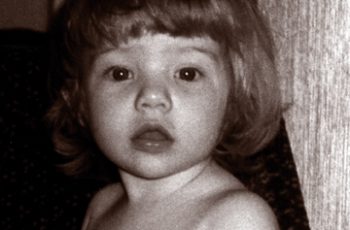Choroid Plexus Carcinoma
What is a choroid plexus carcinoma?
Choroid plexus tumors are developed by brain tissue called “choroid plexus” by invading nearby tissue and spreading through the ventricles of the brain which are the interconnected cavities that contain cerebrospinal fluid.
As the tumor grows, it can increase pressure on the brain and cause a blockage of the cerebrospinal fluid.
Most choroid plexus tumors are noncancerous, though the cancerous form grows faster and is much more likely to spread through the cerebrospinal fluid and invade nearby tissue. The cancerous form of a choroid plexus tumor is called choroid plexus carcinoma.
What causes a choroid plexus carcinoma? Who is affected?
The cause of choroid plexus carcinoma is unknown but may be associated with rare genetic syndromes.
Overall, choroid plexus tumors represent about 3% of brain tumors in children.
Choroid plexus tumors are most common in infants and represent 10-20% of brain tumors found in children younger than one year old.
Choroid plexus carcinomas account for 10-20% of all choroid plexus tumors.
What are the symptoms of a choroid plexus carcinoma?
The symptoms of a choroid plexus tumor depend on the location and of the mass. Symptoms may include headaches, nausea, vomiting, irritability, decreased energy, confusion, personality changes, and problems with speech, vision, and memory.
An infant with a choroid plexus tumor may have trouble feeding or walking. The child’s “soft spot” may also become fuller.
How is a choroid plexus carcinoma treated?
Children diagnosed with a choroid plexus tumor undergo surgery to safely remove as much tumor as possible. Some children may have a procedure to place a shunt that will drain excess cerebrospinal fluid into the abdomen.
For patients with a noncancerous form of the tumor, no further treatment is necessary.
Children with choroid plexus carcinoma often need chemotherapy and radiation therapy to kill any remaining cancer cells.


